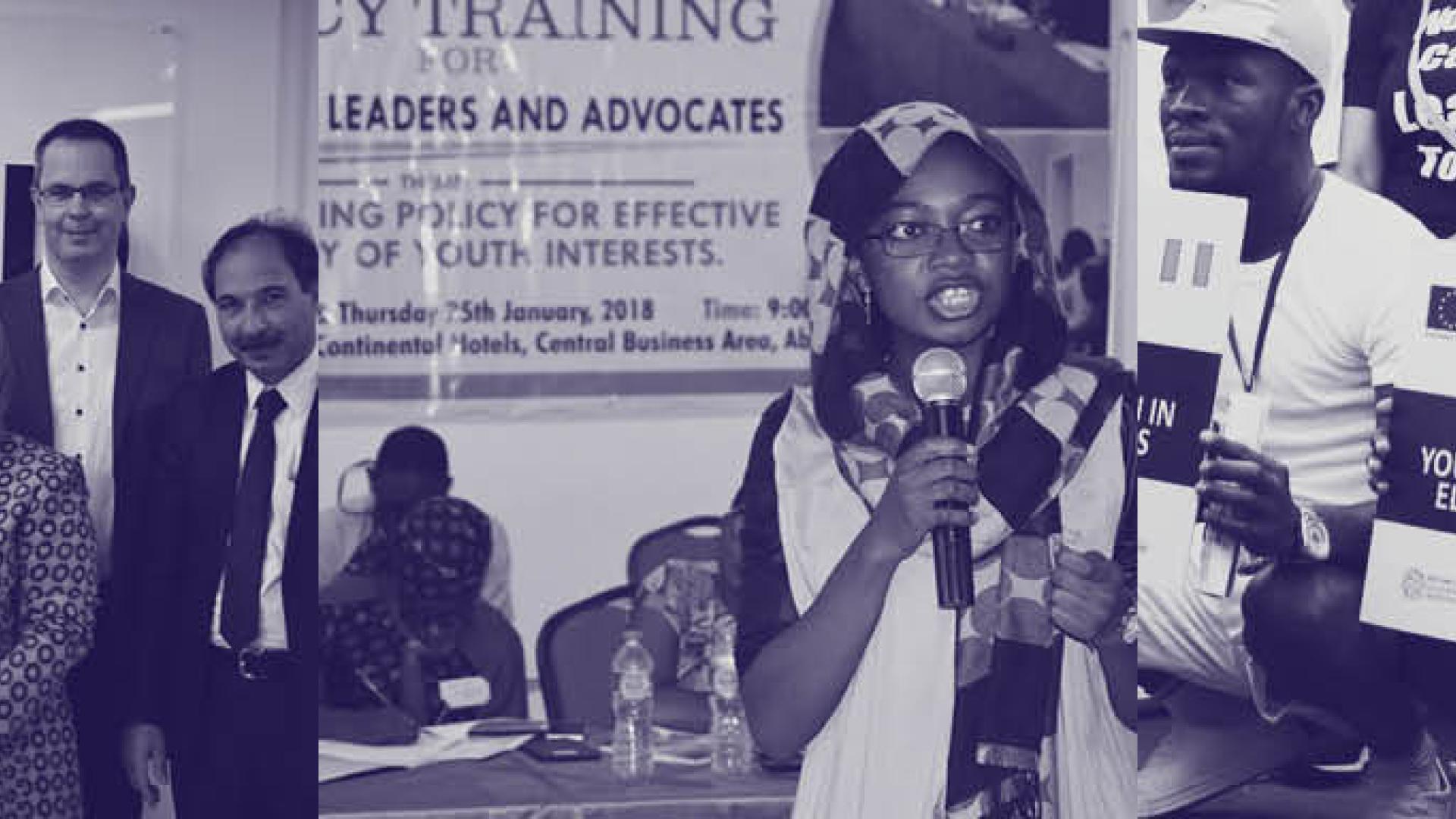Regulating the world’s most valuable jade mines

Myanmar produces 70% of the world’s jade, which can be worth more than gold, generating billions of dollars annually. Yet government revenues capture only a fraction of this value, and most citizens do not share in the potential benefits.
Even though the government suspended issuing mining licenses until it had crafted a more equitable system for awarding them, regulation of the mining sector is opaque and enforcing the laws is difficult. On the ground, poor regulation jeopardises the safety of workers and, all too often, leads to preventable deaths in the mines.
The legal framework is recognised as part of the problem, with key legislation such as the Myanmar Mining Law and Myanmar Gemstone Law currently unable to establish a robust system of accountability. Densely technical, it is also a difficult sector for lawmakers to understand and change the way that regulation works.
In late October, the Natural Resources and Environmental Conservation Committee of Myanmar’s Upper House – the Amyotha Hluttaw – took an important first step towards better understanding of the challenges around mining in Kachin State and the effects potential reforms could have. Supported by WFD, the Committee conducted a week-long fact-finding mission to several sites in Kachin State, including the world’s largest jade mine at Hpakant.
During the visit, the members met with local authorities, mining companies, jewellers, mine workers, civil society organisations, and the local community – the first time these groups had come together to meet members.
The committee collected information from these groups on a range of topics, including:
- The strengths and weaknesses of the current legislation;
- Their views on how the government ministries are implementing these laws;
- The environmental, social and economic impact of mining on the local community;
- The environmental impact and impact on wildlife conservation from explosives being used;
- The safety, health and wellbeing of mine workers and the local community;
- Foreign direct investment and business interests.

The committee will use the evidence as part of a quick legislative impact assessment. There are concerns that the current regulations are not working as intended, which is why the committee is looking into how they encourage better secondary legislation to improve implementation.
In parallel, the Natural Resources and Environmental Affairs Committee of Myanmar’s Lower House is pursuing a post-legislative scrutiny inquiry into the Myanmar Mining Law and the Myanmar Mines Rules (2018), having conducted a similar fact-finding mission to Myanmar’s Sagaing Region with WFD support.